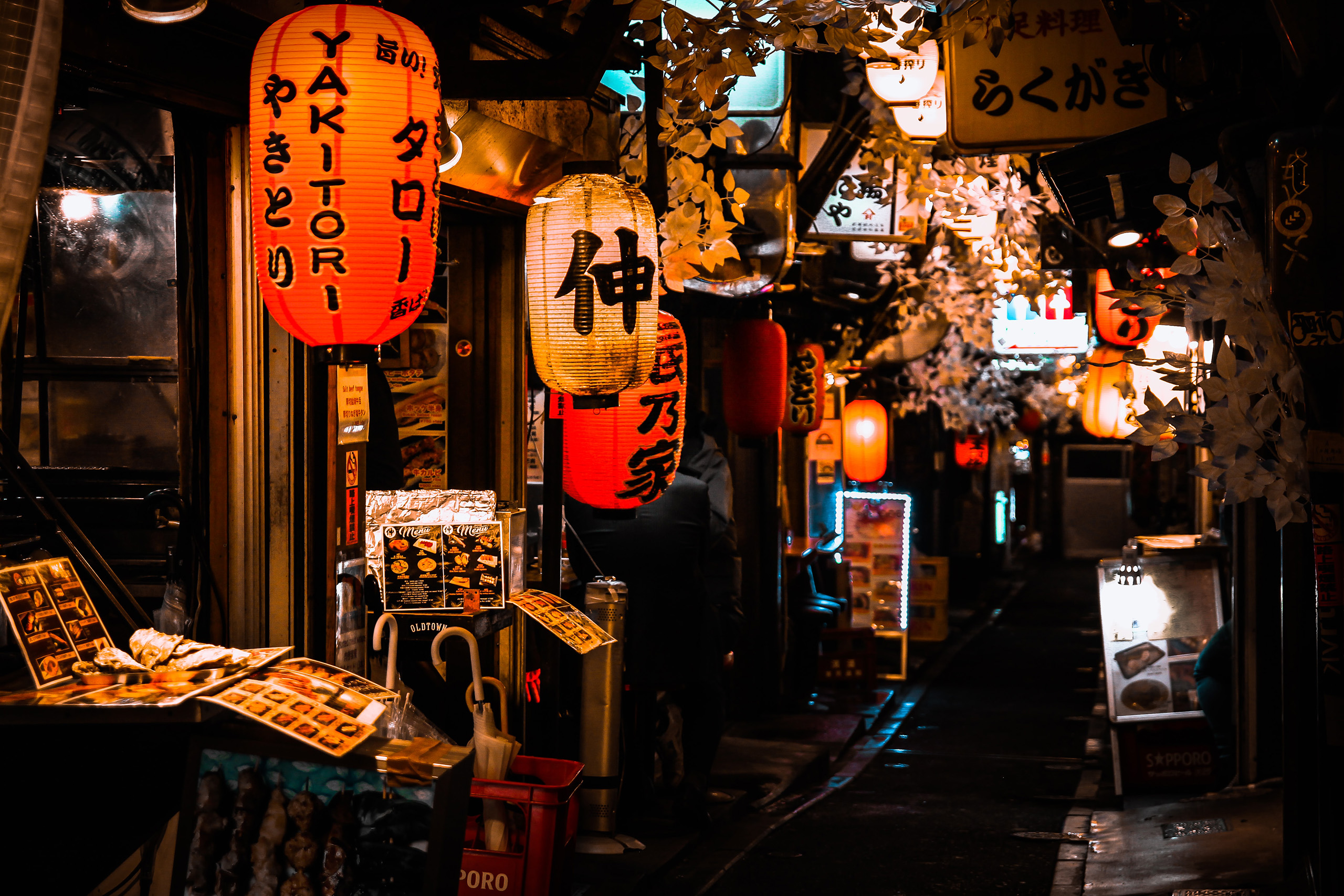Japan is where it all began for us. We led our first tour here in the year 2000, and we’ve spent the years since building a network of the very best guides, tour leaders, hoteliers, inn owners, enthusiasts and experts across Japan.
Over the years, we’ve learned that a trip to Kyoto isn’t just about ticking off the top ten temples. It’s about peeling back the layers of history with one of our favorite Kyotoites, Kiyono-san, whose passion for traditional culture will bring the city to life. Likewise, a visit to Miyajima isn’t just about seeing the stunning World Heritage shrine, it’s about staying at the tiny inn run by Shinko-san and her son, who’ve known us for over two decades and will serve you the best baked oysters in the whole world.
Our guided tours and excursions cover everything from tea ceremony to cycling tours, and from traditional festivals to kitschy theme parks. Some of them are things you could do without a guide, and some are things you couldn't — but what makes them all special is the people. These are people we’ve known for years, who’ve been on this journey with us and who are passionate about taking you beneath the surface of Japanese culture, and that’s something you won’t find anywhere else.




